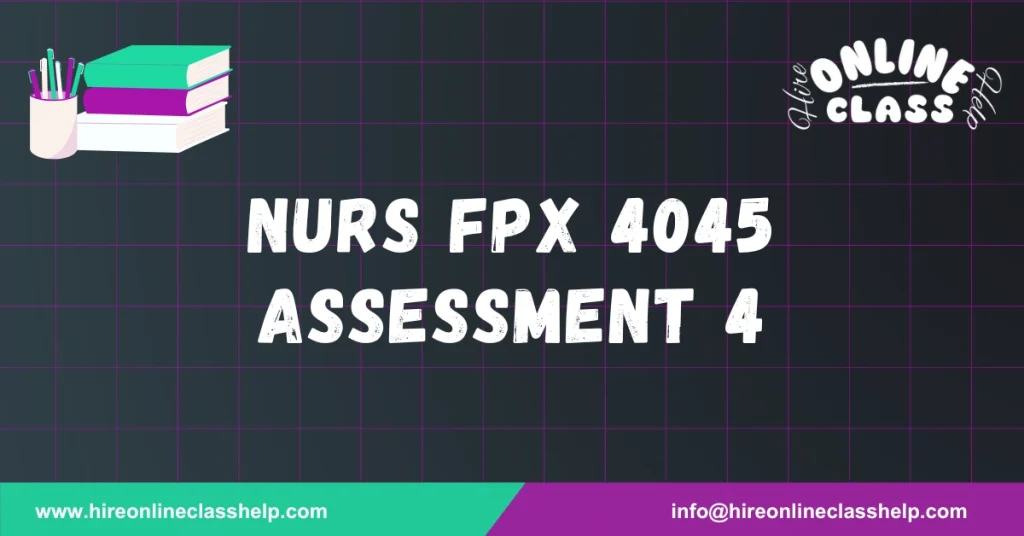






Name
Capella University
NURS-FPX4045 Nursing Informatics: Managing Health Information and Technology
Prof. Name
Date
Nursing-Sensitive Quality Indicators (NSQIs) are vital metrics that reflect the impact of nursing care on patient outcomes. Initiated by the American Nurses Association (ANA) in 1998, the National Database of Nursing-Sensitive Quality Indicators (NDNQI) was created to standardize nursing assessments and benchmark performance (Alshammari et al., 2023). These indicators are categorized into three main types: structural, process, and outcome indicators. Structural indicators assess the resources and organizational elements such as staffing levels and nurse qualifications. Process indicators measure how well nursing interventions are implemented, especially protocols aimed at improving patient safety, such as fall prevention initiatives. Outcome indicators evaluate the results of nursing care, focusing on measurable health outcomes like pressure ulcers and patient falls.
Patient falls with injury are a critical outcome indicator, particularly in acute healthcare environments. Hospitals serving patients with various conditions must prioritize fall prevention to improve safety and recovery outcomes. Falls not only indicate safety failures but also offer insight into care system weaknesses (Ghosh et al., 2022). This indicator also serves as a process measure, as even minor falls reveal gaps in prevention strategies. Understanding the risk factors and root causes can enhance safety protocols and guide targeted interventions to reduce fall frequency and severity.
Falls can result in serious consequences, including fractures and traumatic brain injuries, which further increase the risk of future incidents. Effective fall prevention relies on comprehensive assessments and interventions such as using assistive devices, environmental modifications, and patient education (Ong et al., 2021). Additionally, reducing fall-related injuries helps lower medical costs and hospital stays. According to Dykes et al. (2023), hospital-based falls are among the most preventable yet costly incidents, with per-patient costs ranging from \$352 to over \$13,000.
| Indicator Type | Description | Examples / Applications |
|---|---|---|
| Structural | Focuses on the organization and resources used in care delivery | Staffing ratios, nurse education levels |
| Process | Assesses nursing interventions and adherence to care protocols | Fall prevention practices, use of safety checklists |
| Outcome | Measures patient results directly impacted by nursing care | Rates of patient falls with injury, pressure ulcers, infection rates |
Nurses are central to fall prevention efforts. Their responsibilities include assessing patient risk, executing prevention strategies, and meticulously documenting fall incidents. Proper documentation should detail cognitive status, physical impairments, and environmental contributors. This enables root cause analysis and evidence-based policy development (Alanazi et al., 2021). Nurses also utilize tools like the Morse Fall Scale and STRATIFY to evaluate risk and initiate targeted care plans. Data from falls and near misses are shared during unit safety briefings, ensuring real-time awareness and accountability.
The multidisciplinary team plays an equally important role. Nurses collaborate with quality assurance professionals, physical therapists, and administrators to maintain accurate records and improve patient care. Risk management coordinators analyze fall trends, while therapists help assess mobility and recommend supportive tools (Basic et al., 2021). This coordinated effort fosters a culture of safety and enhances hospital performance. Reporting structures, like electronic health records and incident tracking systems, ensure comprehensive data collection, which is then used to assess trends and refine safety protocols.
Evidence-based practice (EBP) strengthens the link between nursing-sensitive indicators and clinical improvements. In fall prevention, NSQIs guide the use of technologies like bed alarms, motion sensors, and fall-detection wearables to reduce risk. Real-time documentation through EHR systems also supports clinical decision-making. Risk stratification tools allow early identification of high-risk patients, enabling proactive interventions within the first 24 hours of hospital admission (Satoh et al., 2022). Flooring innovations, such as shock-absorbing materials, further reduce injury severity (O’Connor et al., 2022).
Administrators leverage this data to develop effective policies, enhance compliance with national benchmarks, and allocate resources more efficiently. By aligning fall prevention strategies with standards from agencies like The Joint Commission and CMS, institutions ensure accountability and continuous improvement. Financially, a decrease in fall-related injuries translates to reduced liability and operating costs, helping institutions maintain stability and enhance reputation (Takase, 2022).
Nursing-Sensitive Quality Indicators are instrumental in evaluating nursing care and improving patient outcomes. Patient falls with injury, in particular, serve as crucial benchmarks in acute care environments. By systematically gathering and analyzing fall-related data, healthcare facilities can identify risk factors, develop targeted interventions, and promote a safer care environment. Nurses, through collaborative, evidence-based, and technologically supported practices, are vital to advancing these safety efforts and driving healthcare excellence.
Alanazi, F. K., Sim, J., & Lapkin, S. (2021). Systematic review: Nurses’ safety attitudes and their impact on patient outcomes in acute‐care hospitals. Nursing Open, 9(1), 30–43. https://doi.org/10.1002/nop2.1063
Alshammari, F., Alshammari, A., & Ali, A. (2023). Enhancing patient care through the use of nursing-sensitive indicators. Journal of Nursing Management, 31(2), 150–158. https://doi.org/10.1111/jonm.13785
Basic, D., Hartwell, J., & Gray, L. C. (2021). Integrating health data to prevent falls in hospitalized older adults: A multidisciplinary approach. BMC Health Services Research, 21(1), 458. https://doi.org/10.1186/s12913-021-06366-6
Dykes, P. C., Duckworth, M., Cunningham, S., & Bates, D. W. (2023). Preventing falls in hospitalized patients: Implementation of a predictive model and decision support. The Joint Commission Journal on Quality and Patient Safety, 49(1), 22–31. https://doi.org/10.1016/j.jcjq.2022.09.005
Ghosh, M., Romero, E., & Thomas, M. (2022). Fall prevention strategies in acute care settings: A quality improvement review. Healthcare, 10(3), 456. https://doi.org/10.3390/healthcare10030456
Gormley, D. K., Dehlinger, J., & Diaz, J. A. (2024). Promoting a culture of safety: Teaching novice nurses about quality indicators. Nurse Educator Today, 125, 105876. https://doi.org/10.1016/j.nedt.2024.105876
Hassan, S., Kwon, J., & Lee, Y. (2023). Smart technologies in fall prevention: A review of evidence-based practices. International Journal of Nursing Studies, 139, 104452. https://doi.org/10.1016/j.ijnurstu.2023.104452
O’Connor, M., Rouse, R., & Peters, K. (2022). Reducing fall injuries through environmental design: Hospital flooring innovations. Journal of Patient Safety, 18(1), 45–51. https://doi.org/10.1097/PTS.0000000000000791
Ong, H. L., Toh, K. Y., & Teo, K. K. (2021). Strategies for preventing falls in hospitalized adults: A systematic review. Nursing Clinics, 56(3), 379–390. https://doi.org/10.1016/j.cnur.2021.05.004
Satoh, T., Nakamura, M., & Iwasaki, T. (2022). Risk stratification and targeted intervention for hospital falls: Evaluation of a fall prevention protocol. Journal of Clinical Nursing, 31(19-20), 2731–2742. https://doi.org/10.1111/jocn.16229
Takase, M. (2022). The role of hospital administration in fall prevention: A policy-focused perspective. Health Policy and Management, 47(2), 137–144. https://doi.org/10.1016/j.hpman.2022.01.005